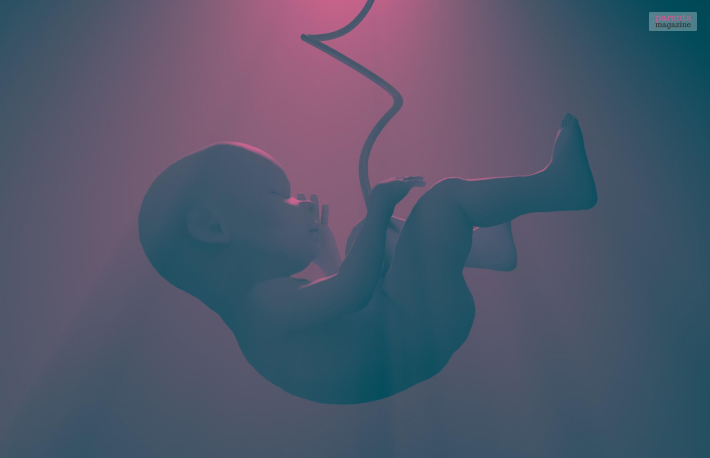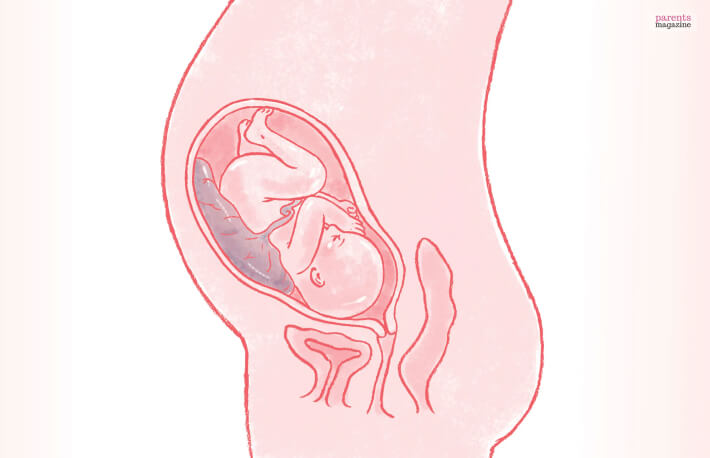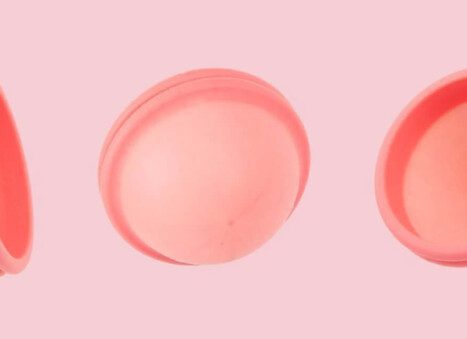
Anterior Placenta: All There Is To Know About
Well, if you have tested positive for your pregnancy test, then this is the time to take care of yourself and your child and do the necessary deeds to keep both of you healthy. But pregnancy is something that comes with a lot of facts and features, and getting to know about it can sometimes be overwhelming.
Scared? Well, don’t be. I am talking about having an anterior placenta. You must be wondering what that is, and can there be different kinds of placentas? Yes, there can be different kinds of placentas, and this is just one of those. It doesn’t cause any problems in general, but knowing about it is like having an upper hand. Let’s get into the matter in detail.
What Is An Anterior Placenta?

Do you have an idea about what the placenta is? It is a temporary organ that helps in the growth and development of your baby. This is connected to the umbilical cord of the baby on one end, and the other end is connected to the lining of your uterus. This is the organ that supplies nutrients, oxygen, blood as well as antibodies to the baby.
An anterior placenta means having the placenta in the front of the uterus, close to the abdomen. This is a common condition among pregnant women, and this is not something alarming. It can be diagnosed around 18 to 21 weeks with an ultrasound. The anterior placenta is not a cause of concern and, in most cases, doesn’t even have any effects.
The placenta generally grows on top or the back of the uterus, but as far as the anterior placenta is concerned, it grows in the frontal position of the uterus. The placenta moves as the belly grows, and that means it can start in the front but end up moving towards the top of the uterus with the growing months of your pregnancy.
Why Do People Get Anterior Placenta, And How Common Is It?

There is no specific reason why a placenta implants itself to the front of the uterus. This is quite a normal place for an egg to implant and for the development of the placenta. But it does not impact the placenta negatively and does not interfere with the ability of the organ to do its job of providing nourishment. Having an anterior placenta is not unlikely. Moreover, this is the case in 50% of pregnancies.
Anterior Vs Posterior Placenta: The Difference

Not just anterior and posterior placenta; let’s talk about the different types of placenta. But if we have to know the difference between anterior and posterior placenta, then remember, anterior is the one where the placenta is placed in front of the uterus, and posterior is the one where the placenta is at the back of the uterus.
Anterior
We know from the above discussion that this is when the placenta is placed at the front of the uterus, closer to the abdomen.
Posterior
This is when the placenta is placed at the back of the uterus, close to the spine.
Lateral
This is when the placenta is placed on the side of the uterus. This can be either on the right side or the left side.
Fundal
This is when the placenta is placed at the top of the uterus.
Low-Lying
This is when the placenta is almost at the bottom of the uterus and also has the chance of covering the cervix.
Keep in mind that the placenta can attach itself to any part of the uterus. The position which can cause risk to your pregnancy is the low-lying placenta.
Can Having An Anterior Placenta Affect Your Pregnancy?

Having an anterior placenta is not something that you have to be worried about. But of course, there are some drawbacks to the condition. It might take a bit longer to feel your baby’s movement or to feel their kick. This happens because the placenta is right in front of your stomach. For the same reason, it might be a bit difficult to feel their heartbeat during an ultrasound.
Symptoms For An Anterior Placenta
There are some signs that can be noticed with this kind of placenta. There are a few things that you should be aware of. Those are:
Baby’s Heart Rate
It might be a bit difficult to find the baby’s heart during an ultrasound if you have an anterior placenta. During an ultrasound, a doppler is moved around the belly to defect the baby’s heartbeat, as the placenta comes between the doppler and the baby.
Baby’s Movements
This is something that might get you scared, but there is actually no reason to be. It might take longer than usual for you to feel your baby’s movement and kicks. Most pregnant woman feel their baby kicking around 18 weeks of their pregnancy, but people with an anterior placenta might take more than 20 weeks to feel this beautiful moment. It might also feel a little soft and weak as the placenta comes between your belly and the baby.
What Are The Risks Of Having An Anterior Placenta?
There are a few risks associated with an anterior placenta, but they do not pose any threat to the mother or the baby.
- Back Labor: This increases the chance of having your baby in the occiput position or the OP position, which means they have their back against yours with their head down. With their face in the upside direction, it might take longer to deliver the baby and can hurt your back.
- Placenta previa: This happens when your whole cervix is covered by the placenta, and it is the cause of heavy bleeding and complications.
- C-Section: If you have placenta previa, then it is highly possible that you would have a cesarean delivery or a c-section delivery as the placenta blocks the baby from exiting through the vagina.
When Should You Seek Help?
During pregnancy, visiting a doctor should be in your schedule regularly. Though an anterior placenta doesn’t cause any kind of issues, there are certain symptoms that indicate that you need a doctor’s opinion immediately. Those are:
- Constant and fast contractions
- Firmness in the uterus
- Vaginal bleeding
- Decrease in the fetal movement
- Severe back pain
- Abdominal pain
Bottom Line
To get a recap, an anterior placenta is when the placenta grows in front of the uterine wall, and this is not a cause of concern and does have any effect on a pregnancy. But it makes it difficult to find the baby’s heartbeat during an ultrasound and also difficult to feel their heartbeat even after around 20 weeks of pregnancy. Anterior placenta movements and anterior placenta kicks feel very soft.
But even when you feel the slightest discomfort, you should consult a doctor and not take any risks. Any problem you face during pregnancy should be taken up with the doctor for the safety of yourself and your child.
Additional Reading:
Already have an account?
Sign In
Create your account
User added successfully. Log in








